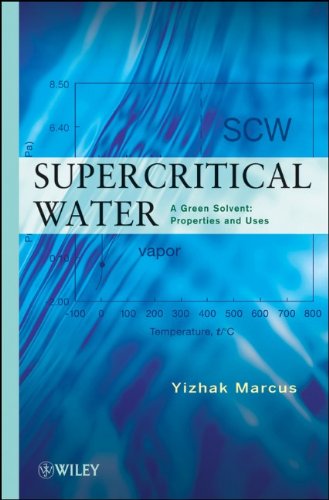

Most ebook files are in PDF format, so you can easily read them using various software such as Foxit Reader or directly on the Google Chrome browser.
Some ebook files are released by publishers in other formats such as .awz, .mobi, .epub, .fb2, etc. You may need to install specific software to read these formats on mobile/PC, such as Calibre.
Please read the tutorial at this link. https://ebooknice.com/page/post?id=faq
We offer FREE conversion to the popular formats you request; however, this may take some time. Therefore, right after payment, please email us, and we will try to provide the service as quickly as possible.
For some exceptional file formats or broken links (if any), please refrain from opening any disputes. Instead, email us first, and we will try to assist within a maximum of 6 hours.
EbookNice Team

Status:
Available4.3
26 reviewsDiscover the many new and emerging applications of supercritical water as a green solvent
Drawing from thousands of original research articles, this book reviews and summarizes what is currently known about the properties and uses of supercritical water. In particular, it focuses on new and emerging applications of supercritical water as a green solvent, including the catalytic conversion of biomass into fuels and the oxidation of hazardous materials.
Supercritical Water begins with an introduction that defines supercritical fluids in general. It then defines supercritical water in particular, using the saturation curve to illustrate its relationship to regular water. Following this introduction, the book:
Describes the bulk macroscopic properties of supercritical water, using equations of state to explain temperature-pressure-density relationships
Examines supercritical water's molecular properties, setting forth the latest experimental data as well as computer simulations that shed new light on structure and dynamics
Explores the solubilities of gases, organic substances, salts, and ions in supercritical water in terms of the relevant phase equilibria
Sets forth the practical uses of supercritical water at both small scales and full industrial scales
Throughout the book, the author uses tables for at-a-glance reviews of key information. Summaries at the end of each chapter reinforce core principles, and references to original research and reviews serve as a gateway and guide to the extensive literature in the field.
Supercritical Water is written for students and professionals in physical chemistry, chemistry of water, chemical engineering, and organic chemistry, interested in exploring the applications and properties of supercritical water.